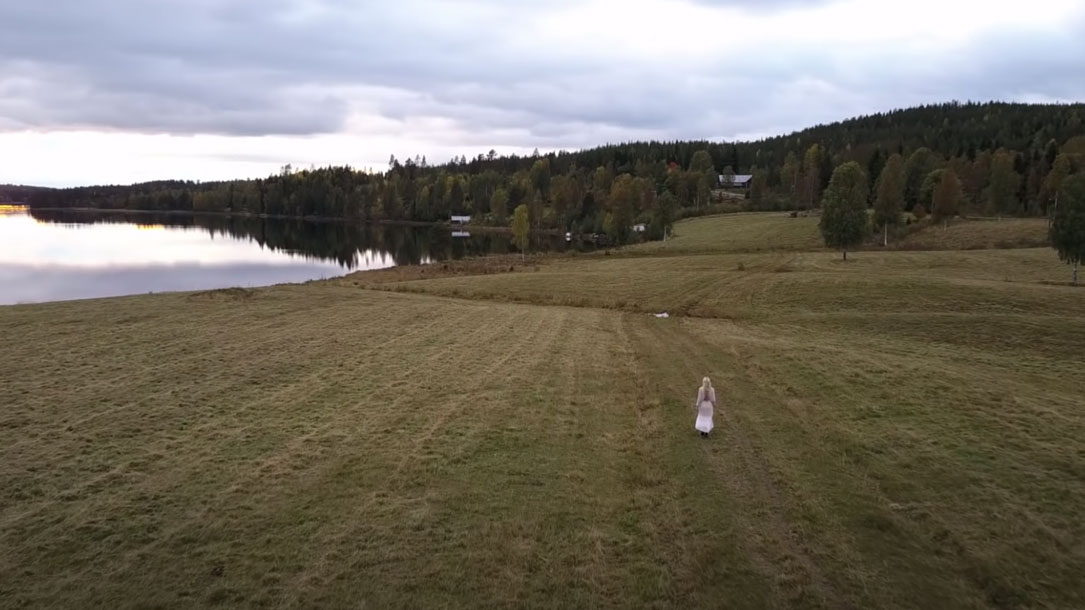Home > Climate News >
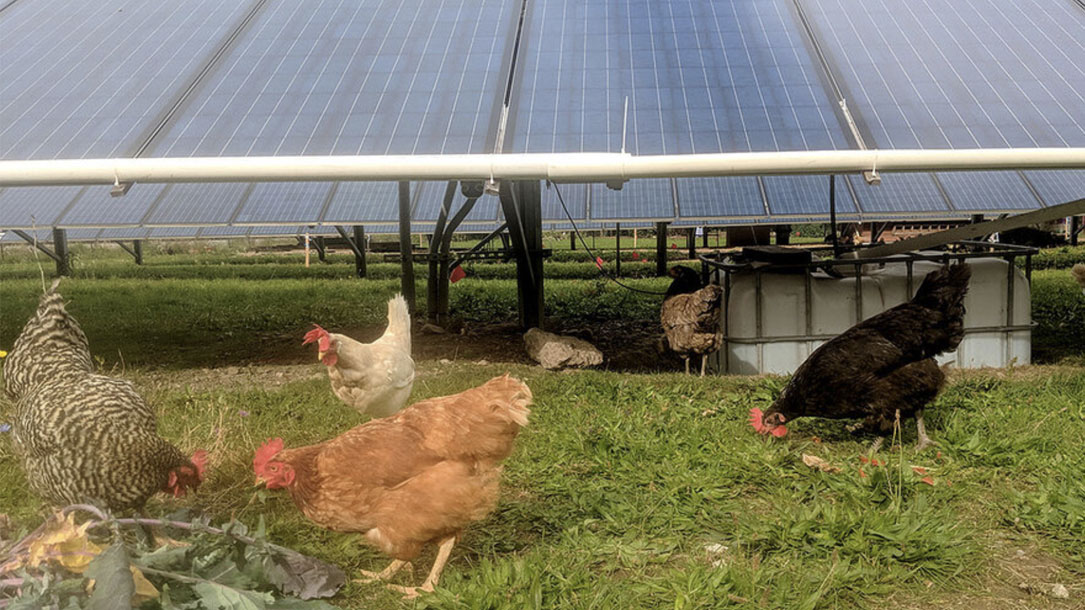
A new vision for farming: chickens, sheep, and…solar panels
When Jackie Augustine opens a chicken coop door one brisk spring morning in upstate New York, the hens bolt out like windup toys. Still, as their faint barnyard scent testifies, they aren’t battery-powered but very much alive.
These are “solar chickens.” At this local community egg cooperative, Geneva Peeps, the birds live with solar power all around them. Their hen house is built under photovoltaic panels, and even outside, they’ll spend time underneath them, protected from sun, rain, and hawks…

Sustainability and climate change initiatives
In their most recent climate initiative, the Kennebec Land Trust Finance Committee worked with Kennebec Savings Bank Investment and Trust Services to move their investments into a Socially Responsible Investment (SRI) portfolio that is aligned with their mission. SRI considers environmental, social, and corporate governance criteria to generate long-term competitive financial returns and positive societal impact.
As managers of forestland, they use and promote forest management practices that maximize carbon sequestration, including: protecting soil carbon, where about 50% of the carbon inventory is typically stored on a forested acre; promoting native species and increasing plant diversity to improve forest resiliency and carbon storage; harvesting sustainably; and taking a long-term view by growing high-value and larger diameter trees. On the ground, their forestry days at the Curtis Homestead are teaching the next generations…
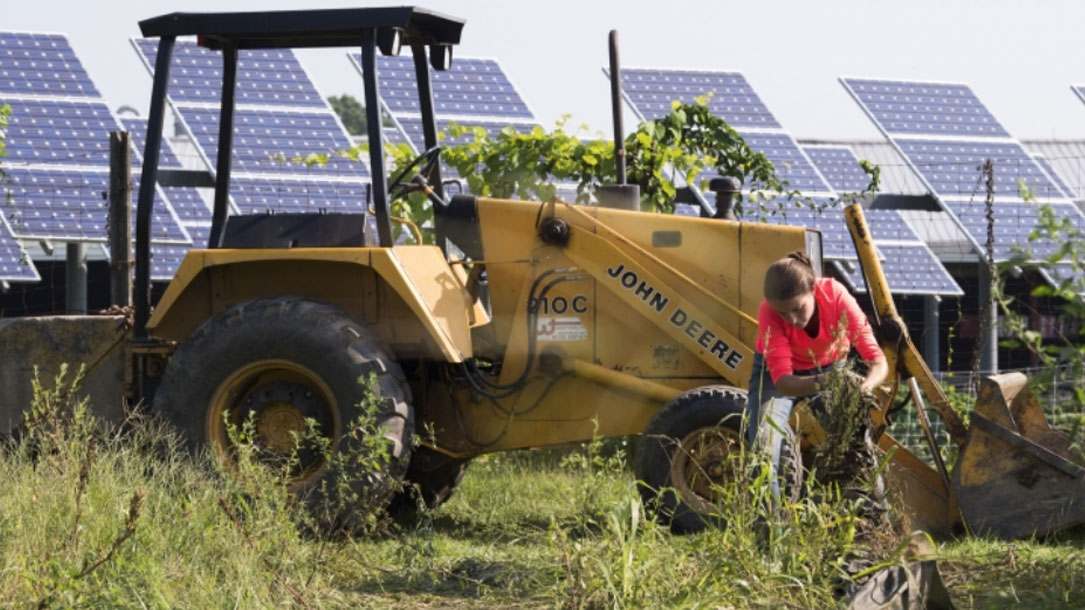
Farmer’s Guide to Going Solar
A growing number of farms and agricultural businesses are looking to solar to power their daily operations. Thanks in part to the Solar Energy Technologies Office’s investments, the cost of going solar has declined, enabling more installations across the country. Consider these questions to help [farmers] determine what’s best …

In rare bipartisan bill, U.S. senators tackle climate change via agriculture
U.S. senators on Thursday introduced a bipartisan bill that would direct the Agriculture Department to help farmers, ranchers, and landowners use carbon dioxide-absorbing practices to generate carbon credits, a rare collaboration on climate change.
The proposed Growing Climate Solutions Act directs the USDA to create a program that would help the agriculture sector gain access to revenue from greenhouse gas offset credit markets…
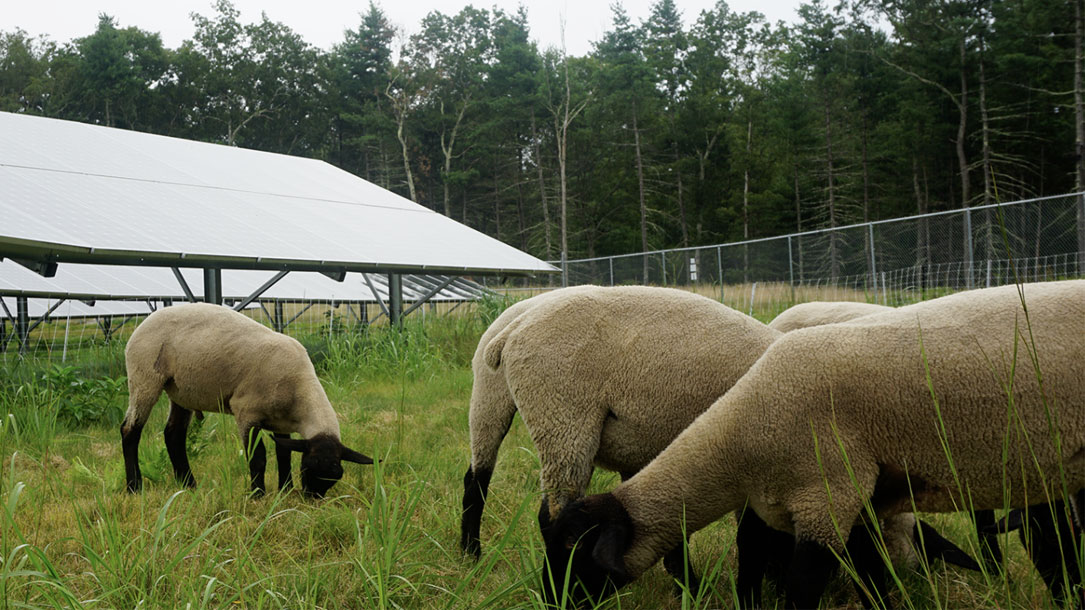
What makes for compatible solar?
American Farmland Trust’s New England Climate and Agriculture Program Manager and soil scientist Emily Cole, and Blue Wave’s Development/Senior Director Drew Pierson, team up to talk about what is needed to make solar projects compatible with—and benefit from—farmland viability.
If you are interested in how to slow down climate change and help agriculture, this webinar could be helpful. This is the second in a three-part series. While the webinar is focused on New England, the concepts of design, strategy, and partnerships are applicable to other parts of the country.
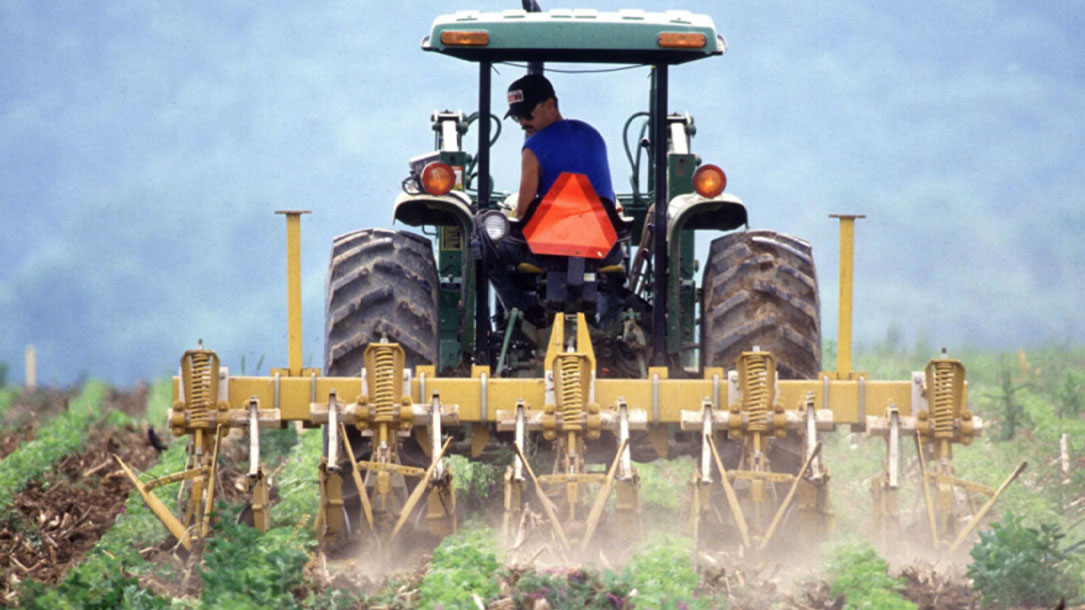
How improving soil health can help farmers adapt to extreme weather
Heavy rain can wash topsoil off farm fields. Droughts can leave crops withering in the sun. But improving soil health can help farmers adapt to extreme weather.
Healthy soil absorbs and holds more water, so farms can better withstand droughts and floods. Jennifer Moore-Kucera of the American Farmland Trust says healthy soil also stores more carbon, which helps slow global warming…

How solar farms can be regenerative for soil and sequester more carbon
What if renewable energy was not just sustainable but was also regenerative? This is the goal of a partnership between White Oak Pastures and Silicon Ranch Corporation, an independent solar power producer under the umbrella of Shell.
In 2020 alone, this partnership will bring holistic planned livestock grazing and regenerative land management practices to nearly 2,400 solar farm acres in Southwest Georgia to create carbon sinks, restore biodiversity and soil health, and add to the environmental, social, and economic benefits of these clean energy projects…
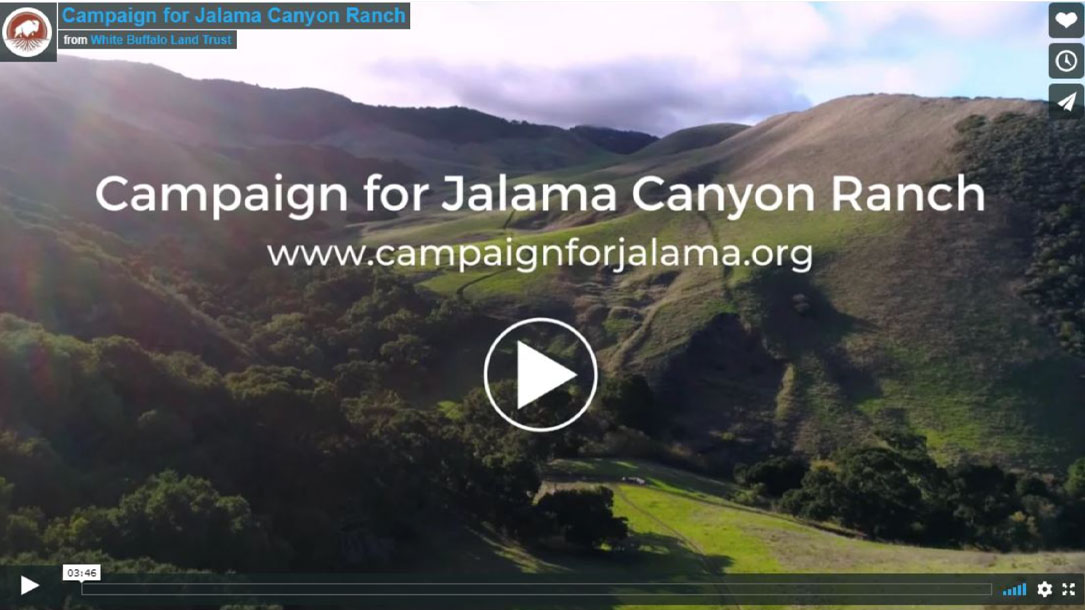
Regenerative agriculture: Campaign for Jalama
The land trust is launching a campaign to acquire Jalama Canyon Ranch where they will create a critical center for regenerative agriculture…leading to a healthier food system, drawing carbon from the atmosphere, increasing biodiversity, strengthening communities, and improving farmer and rancher livelihoods.
Jalama Canyon Ranch will model regenerative agriculture at scale in a financially viable way; serving as a center for education and training, scientific research, and removing the barriers to rapid and broad adoption of regenerative agriculture locally, regionally and globally.
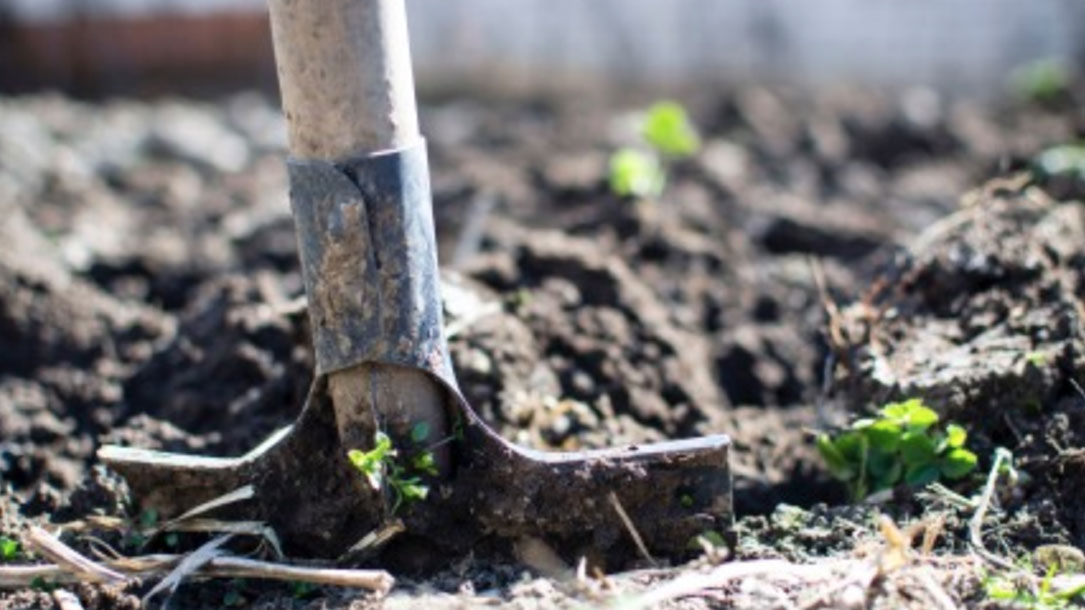
The state of regenerative agriculture: growing with room to grow more
Who’s regenerating what in this practice? As you’ll see, regenerative agriculture involves techniques to ensure healthy soils, climate, workforces, and communities. Investors in these practices leverage data, science, and communication across farming communities for constant improvement. It’s a lot to track.
So the Regenerative Agriculture Initiative team has prepared a series of explainer stories. Look in the weeks to come for reporting on the methods, metrics, and meaning of a practice that can make farming more durable, equitable, and conducive to ecosystem health…
